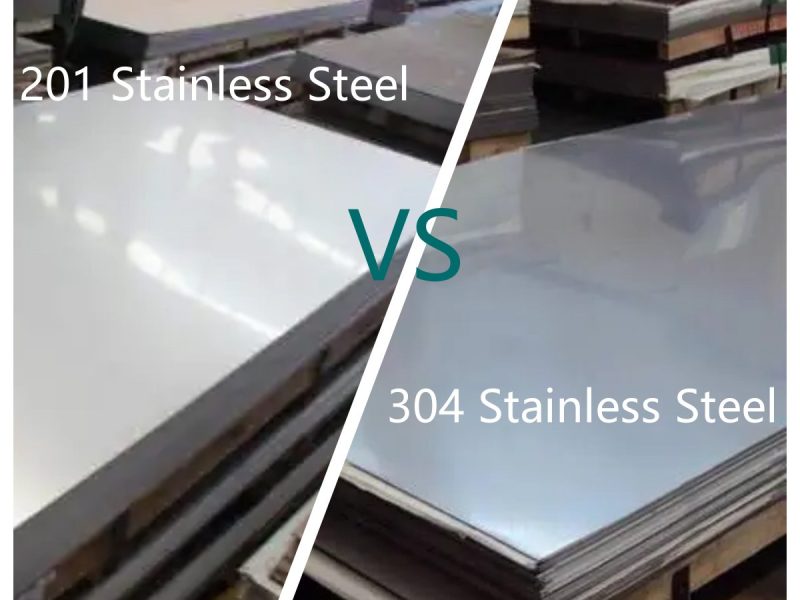
يمكن تقسيم الفولاذ المقاوم للصدأ إلى درجات مختلفة، وأكثرها شيوعاً هي 201، 304 و304 و316 من الفولاذ المقاوم للصدأ. تتميز الدرجات المختلفة بتركيبات وخصائص أداء مختلفة، وهي مناسبة لمختلف التطبيقات. كمحترف شركة تصنيع علب الغداء المصنوعة من الفولاذ المقاوم للصدأ، ستعرفك MOYA على الفرق بين الفولاذ المقاوم للصدأ 201 و 304
ما هو الفولاذ المقاوم للصدأ 201 و304
الفولاذ المقاوم للصدأ مادة متينة للغاية لأنها لا تصدأ بسهولة. 201 و304 هما النوعان الأكثر شيوعاً. 201 الفولاذ المقاوم للصدأ 201 رخيص نسبيًاولكن مقاومته للتآكل ضعيفة ومناسب للمنتجات الاقتصادية. ومع ذلك ، يحتوي الفولاذ المقاوم للصدأ 304 على المزيد من الكروم والنيكل ، والذي له تأثير أفضل ضد الصدأ ويستخدم على نطاق واسع في معالجة الأغذية والصناعات الكيماوية والبناء.

التركيب الكيميائي والخواص الكيميائية
إن التركيب الكيميائي للفولاذ المقاوم للصدأ 201 والفولاذ المقاوم للصدأ 304 هو السبب الرئيسي لاختلاف أدائهما.
يتراوح محتوى الكروم في الفولاذ المقاوم للصدأ 304 بين 18-20% ومحتوى النيكل بين 8-10.5%، مما يجعل الفولاذ المقاوم للصدأ 304 مقاومًا للتآكل ومتينًا للغاية. يعمل بشكل جيد في البيئات القاسية وليس من السهل أن يصدأ.
وعلى النقيض من ذلك، يحتوي الفولاذ المقاوم للصدأ 201 على محتوى من الكروم يتراوح بين 16-18%، ومحتوى أقل من النيكل يتراوح بين 3.5 و5.5%، ومحتوى أعلى من المنجنيز يتراوح بين 5.5 و7.5%. على الرغم من أنه يتمتع أيضًا بمقاومة معينة للصدأ، إلا أنه ليس جيدًا مثل الفولاذ المقاوم للصدأ 304 في البيئات المسببة للتآكل.
استخدام الفولاذ المقاوم للصدأ 201 و304
نظرًا لأن الفولاذ المقاوم للصدأ 304 يتمتع بأداء أفضل في مقاومة التآكل، فإنه يستخدم على نطاق واسع في أواني المطبخ والمعدات الطبية والمرافق البحرية وغيرها من المجالات ذات المتطلبات العالية المضادة للتآكل. على سبيل المثال، العديد من أحواض الفولاذ المقاوم للصدأ, أواني الطهي, صناديق الغداء، والأدوات الجراحية الطبية في المنزل مصنوعة من الفولاذ المقاوم للصدأ 304.
وغالبًا ما يُستخدم الفولاذ المقاوم للصدأ 201 في الديكور المنزلي وأغلفة الأجهزة المنزلية وبعض الصناعات الغذائية نظرًا لانخفاض تكلفته. على سبيل المثال، العديد من الأواني المصنوعة من الفولاذ المقاوم للصدأ وأغلفة الثلاجات في المنزل مصنوعة من الفولاذ المقاوم للصدأ 201.
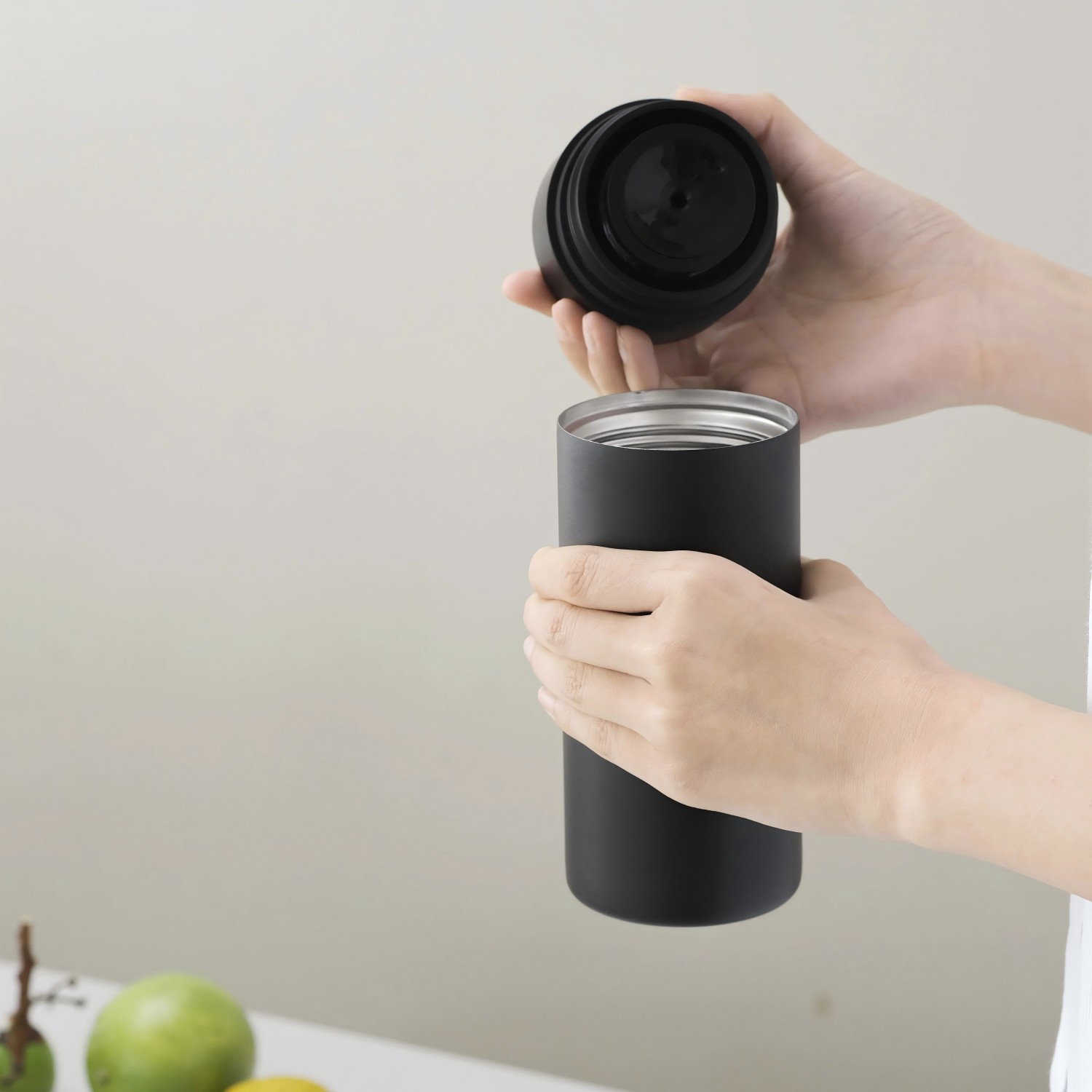
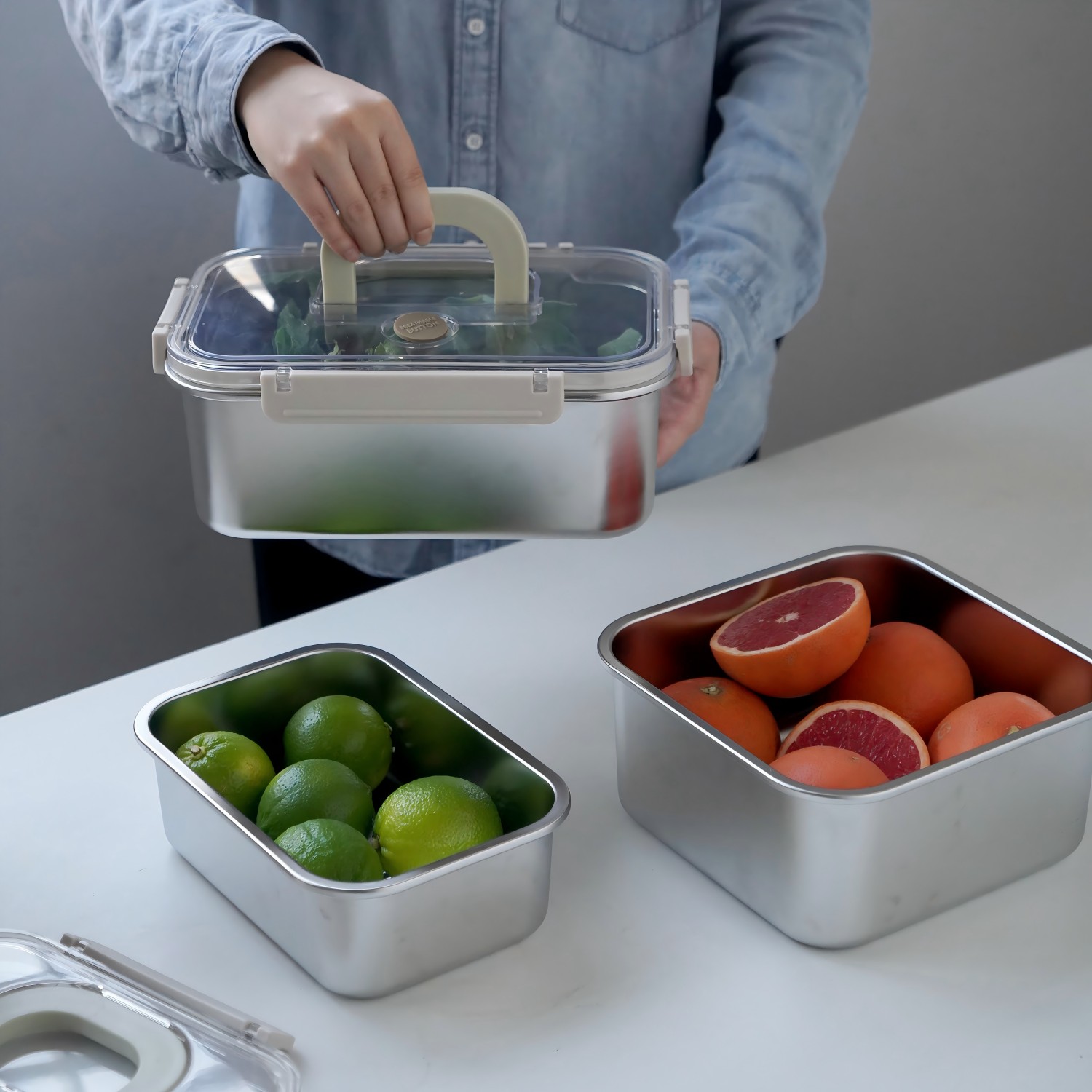
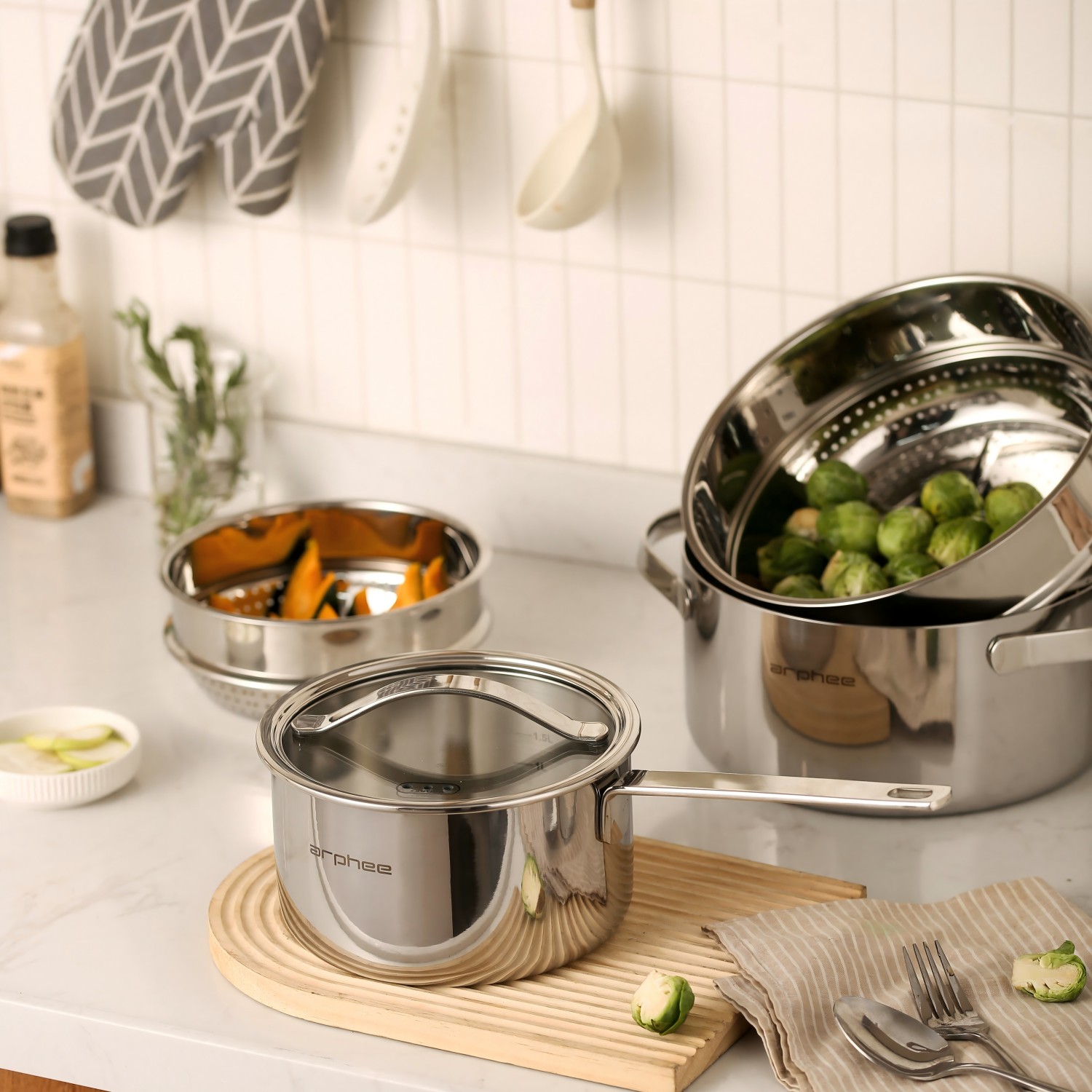
الصحة والسلامة
في الاستخدامات التي تلامس الأغذية، يعتبر الفولاذ المقاوم للصدأ 304 خيارًا أفضل لأنه يفي بالمزيد من المعايير الدولية ويضمن عدم إطلاق أي مواد ضارة عند ملامسته للطعام. لذلك، تستخدم أدوات المائدة وأواني الطهي وصناديق الغداء ومعدات تجهيز الطعام بشكل أساسي الفولاذ المقاوم للصدأ 304.
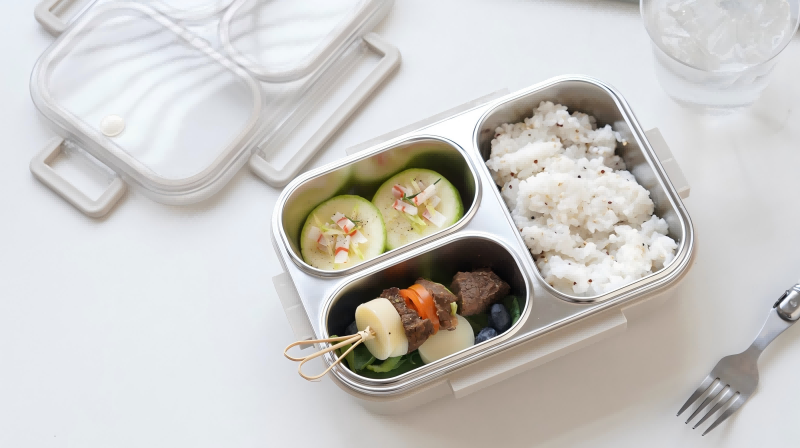
المتانة والسعر
إن الفولاذ المقاوم للصدأ 304 ليس فقط مقاومًا للتآكل، ولكنه أيضًا متين للغاية، وبالتالي فإن السعر أعلى أيضًا. بالنسبة لبعض المعدات التي تحتاج إلى استخدامها لفترة طويلة، يكون اختيار الفولاذ المقاوم للصدأ 304 فعالاً للغاية من حيث التكلفة لأنه يتمتع بعمر خدمة أطول ويقلل من تكلفة الاستبدال والصيانة.
إن الميزة السعرية للفولاذ المقاوم للصدأ 201 تجعله الخيار الأول للمشاريع ذات الميزانيات المحدودة. على الرغم من أنه قد لا يكون متينًا مثل 304 في بعض البيئات القاسية، إلا أنه لا يزال خيارًا جيدًا في السيناريوهات التي لا تتطلب مقاومة التآكل.
كيفية اختيار الفولاذ المقاوم للصدأ 201 أو الفولاذ المقاوم للصدأ 304
1- إذا كنت تختار الأواني التي تلامس الطعام بشكل مباشر، مثل علب الغداء والأطباق والأوعية المصنوعة من الفولاذ المقاوم للصدأ، فإن الفولاذ المقاوم للصدأ بدرجة 304 هو الخيار الأفضل. فهو يتمتع بثبات كيميائي جيد، ولا ينتج مواد ضارة، وهو صديق جدًا للصحة.
2- إذا كنت بحاجة إلى مادة شديدة المقاومة للتآكل ومتينة للغاية، خاصةً في البيئات الرطبة أو العدوانية كيميائيًا، فإن الفولاذ المقاوم للصدأ 304 هو الخيار المثالي.
3- إذا كانت ميزانيتك محدودة وبيئة استخدامك ليست متطلبة للغاية، فإن الفولاذ المقاوم للصدأ 201 خيار جيد أيضًا.